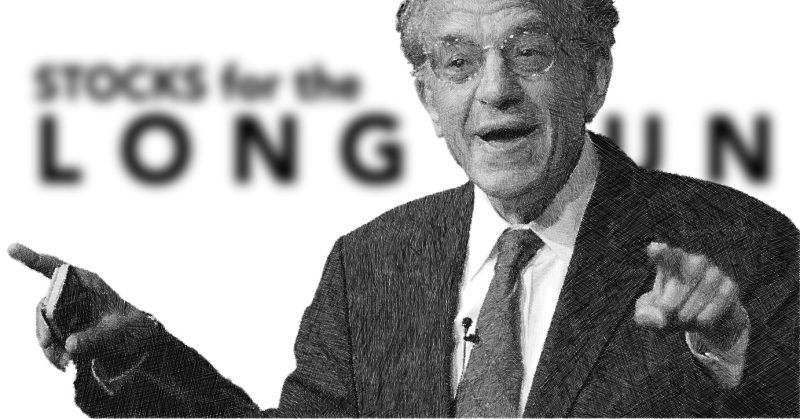by Professor Jeremy J. Siegel Senior Economist to WisdomTree and Emeritus Professor of Finance at The Wharton School of the University of Pennsylvania
Last Monday morning, I tried to shake up the conversation about how far behind the curve the Federal Reserve (Fed) is currently by suggesting an inter-meeting 75 basis points (bps) cut and another 75 bps cut in September.
While this appeared extreme, it is grounded by many monetary models that suggest the Fed Funds Rate should already be at 4% or lower. This is true of the Taylor Rule and similar quantitative rate policy models which show we have surpassed the long-run unemployment rate target of 4.2%, and we are very close to the desired inflation rate.
The urgency of such a drastic rate cut is to avoid the mistakes of the past where slow reactions have exacerbated the trend. In 2021, the Fed should have been hiking rates much sooner and quicker. Now they should cut towards neutral and below 4% quickly.
Will the Fed take my bold approach? It is unlikely to cut rates intermeeting without a more dramatic uptick in the weekly jobless claims data and sharply deteriorating employment data, but hopefully the Fed will not move in a too-slow and deliberate manner once they start cutting rates in September.
For those who worry about reigniting inflation, like during the 1970s, I have comforting news. The money supply growth during the 1970s never slowed down as it has now, it continued growing around 10% a year in that decade. Over the last 12 months, the money supply growth was only 1.5%, after going through a rare period of actual decline in 2021. We want money supply figures growing around 5% a year to reflect 2-3% inflation and 2-3% real growth in the economy. We are undershooting this target dramatically because the cost of borrowing set by the Fed is currently too high.
If the Fed lowers rates and the economy slows, we should see resilience in dividend-paying stocks, as we have in the past. I am closely monitoring the real data, and fully expect Jay Powell to tee-up a rate cut in his speech at the Jackson Hole Economic Symposium later this month.
In conclusion, while the immediate market calm has returned, the need for careful navigation and readiness to adjust policies remains critical. The upcoming weeks, especially with the inflation data release and the Fed’s meeting at Jackson Hole, will be crucial to see if the Fed understands the moment at hand.
Copyright © WisdomTree















